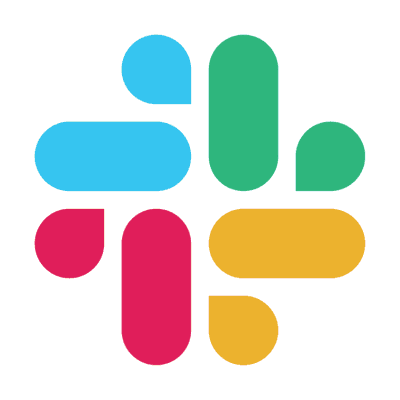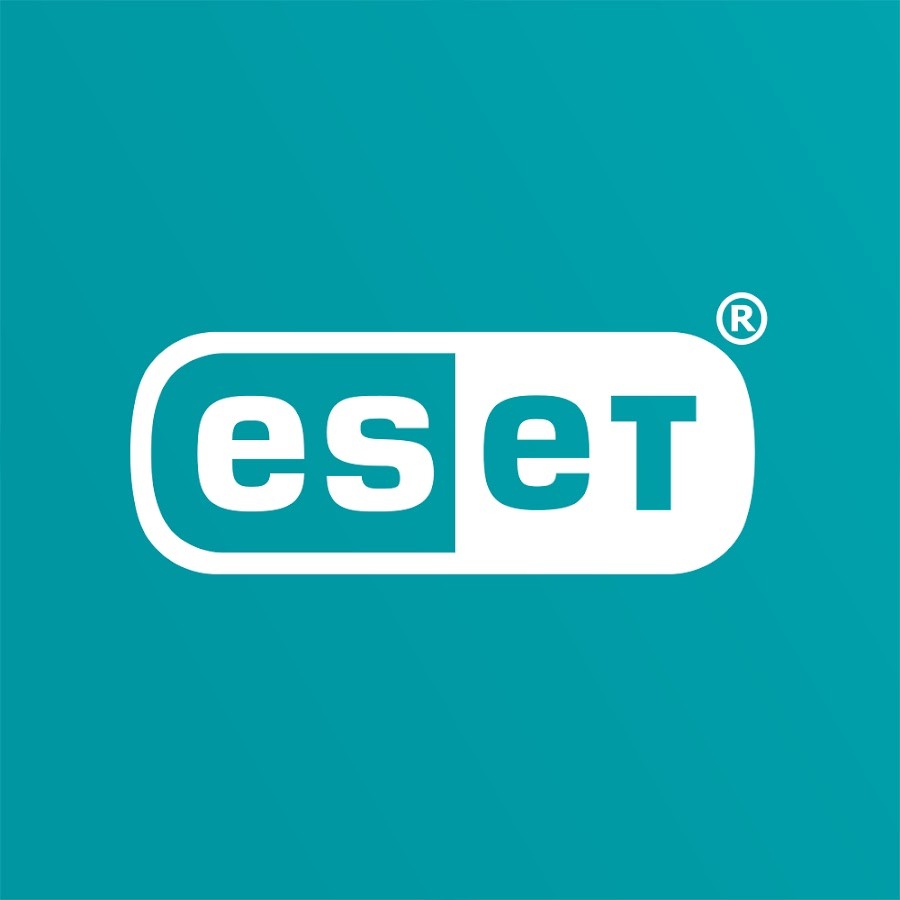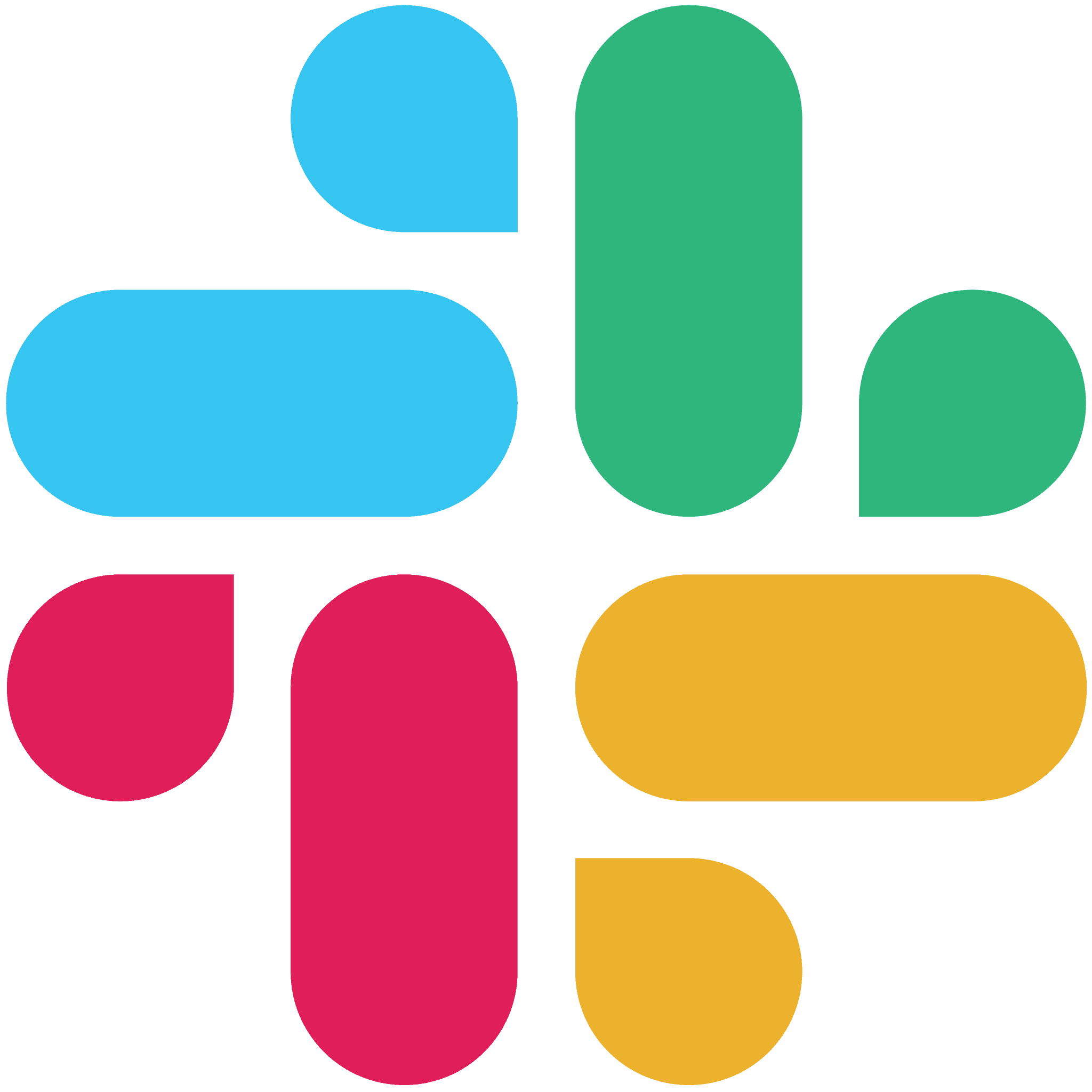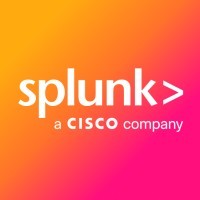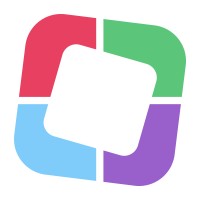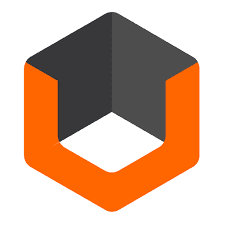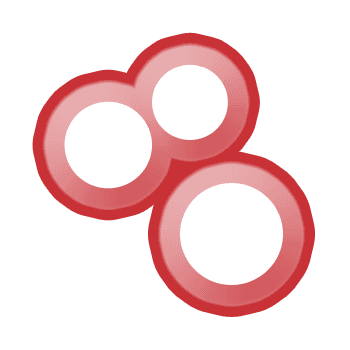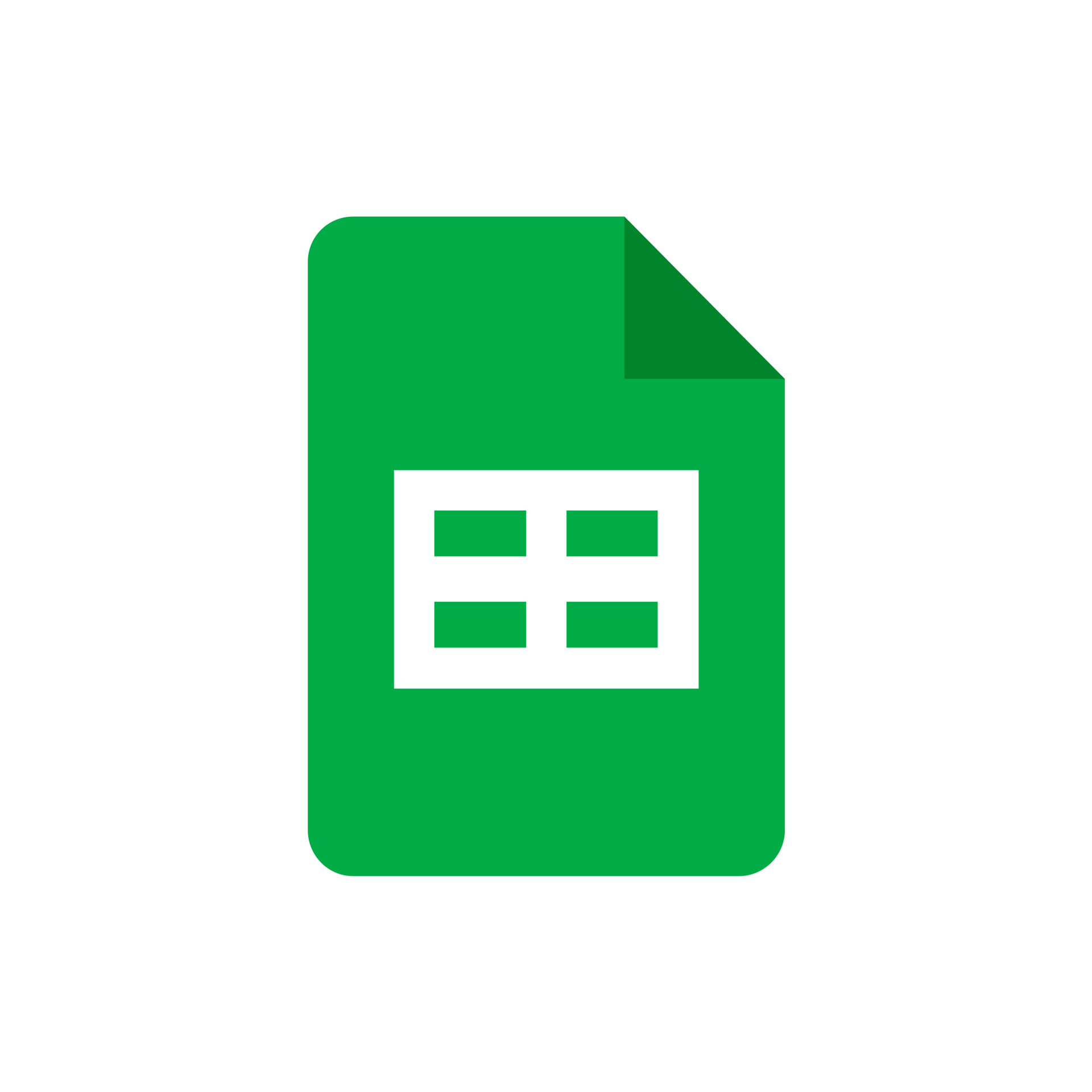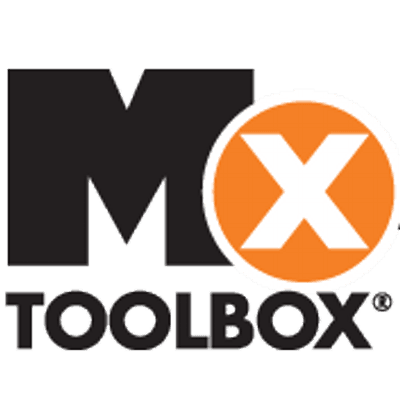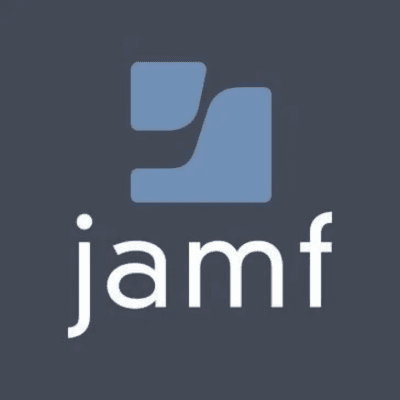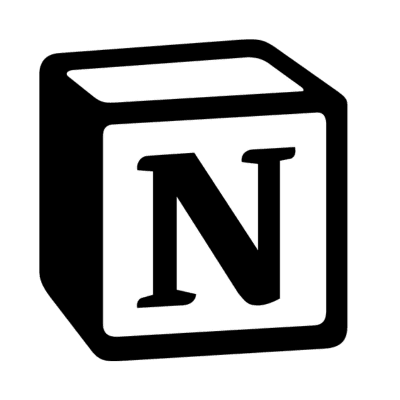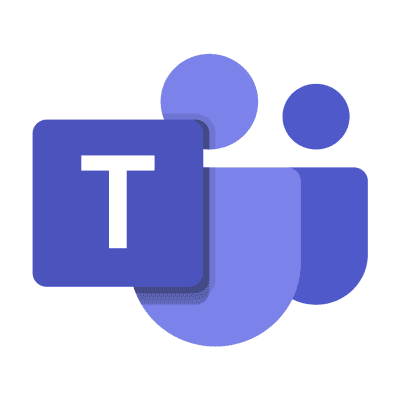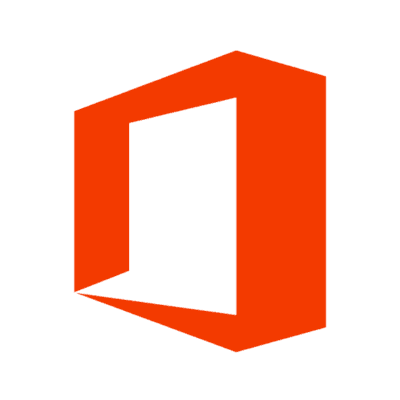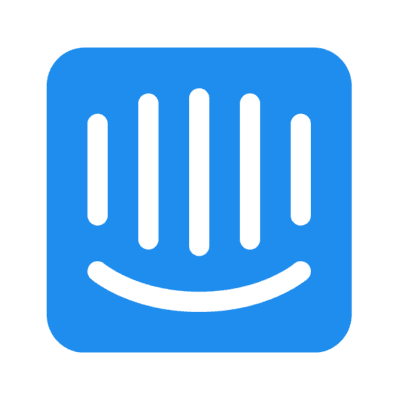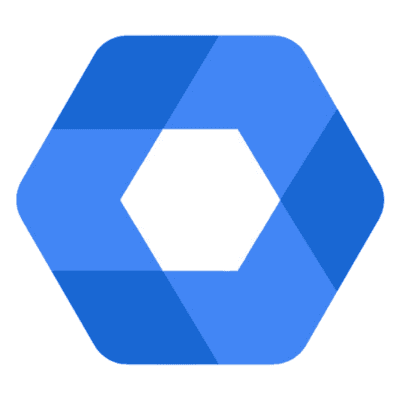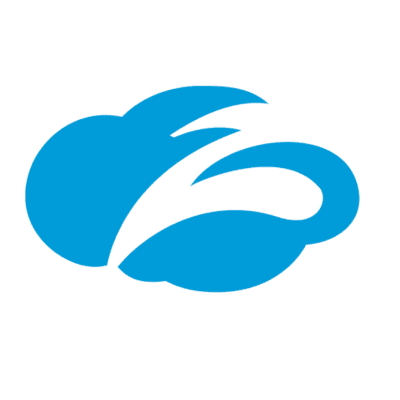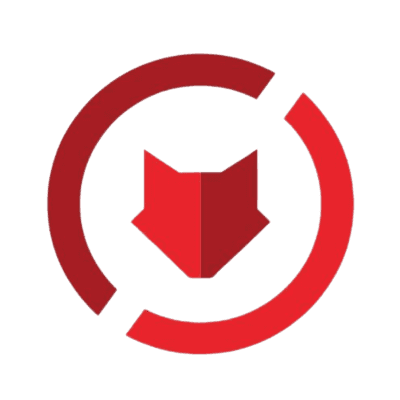IT
Business & Productivity
Slack is a popular team collaboration platform that streamlines communication and productivity within organizations, offering real-time messaging, file sharing, and various app integrations.
1. Incident Response Coordination: Utilizing Mindflow's automation capabilities to streamline incident response processes in large organizations. By automatically notifying the appropriate team members, creating response tickets, and coordinating communication, organizations can effectively manage cybersecurity incidents and minimize the potential impact.
2. Automated Security Alerts: Enhancing cybersecurity awareness by automating the delivery of real-time security alerts and notifications to relevant stakeholders within the organization. This ensures that potential threats or vulnerabilities are promptly addressed, reducing the risk of compromise and data breaches.
3. Endpoint Security Management: Leveraging Mindflow's automation capabilities to manage and monitor endpoints, such as employee devices and network connections, for potential security breaches or unauthorized access to sensitive data. This helps organizations maintain a robust cybersecurity posture and safeguard their critical digital assets.
4. Compliance Reporting: Automating the generation of cybersecurity compliance reports to demonstrate adherence to industry regulations and standards. This not only saves time and resources but also provides organizations with a clear overview of their security status, enabling them to make informed decisions on future protection strategies.
Slack's primary users include businesses of all sizes, from small startups to large enterprises, as well as non-profit organizations, educational institutions, and government agencies. The platform is designed to be user-friendly and adaptable, catering to a wide range of industries and use cases.
At its core,
